Shaping livestock solutions
“Huvepharma®’s strategic investments this decade are directed towards renewable energy installations. Investments of 269 million in solar panel, geothermal and green hydrogen installations are underway to reduce our reliance on fossil fuels and advance on our commitment to be carbon neutral by 2030.”
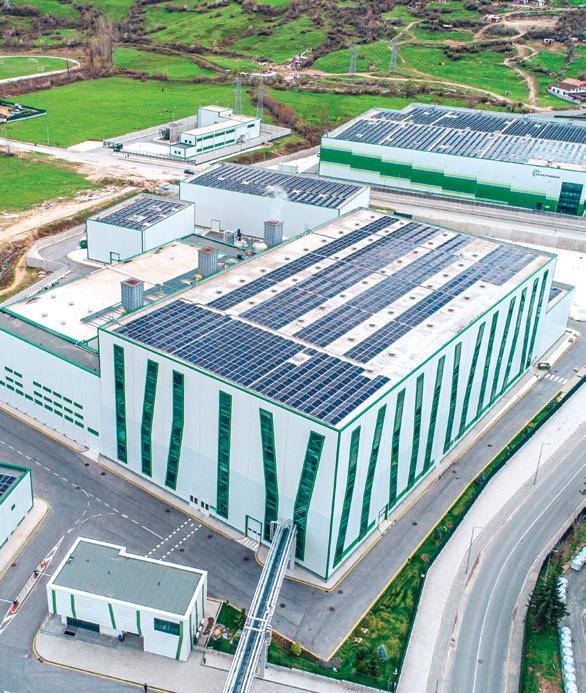 Mr Kiril Domuschiev President
Mr Kiril Domuschiev President
Huvepharma®’s product portfolio of veterinary products and feed additives is derived from fermentation. It’s manufacturing facilities have over 70 years of expertise. Carrying out fermentation at large scale requires a blend of tradition and know-how, advanced equipment, a high level of process control and automation as well as continuous and reliable access to key utilities.
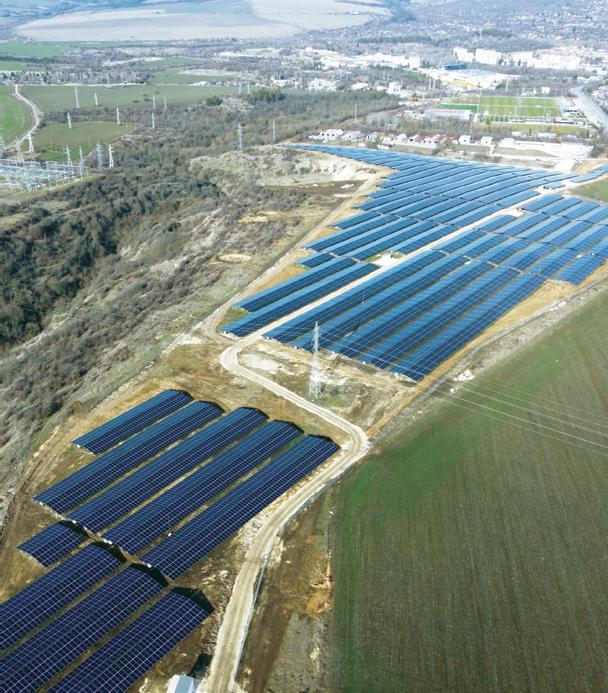
Huvepharma®’s manufacturing facilities will be carbon neutral by 2030
In line with the European Green Deal, Huvepharma® is investing in renewable energy installations to ensure that it is self-reliant and autonomous for its energy needs. We manufacture our own products, from strain to shelf, and therefore control the full manufacturing process. Auditing the environmental claims of a third party is not required. This is not a claim which many companies can make within the animal health and nutrition sectors. Our production sites in Europe and the USA, coupled with our ‘Strain to Shelf’ philosophy, mean that autonomous production and transparency is assured.
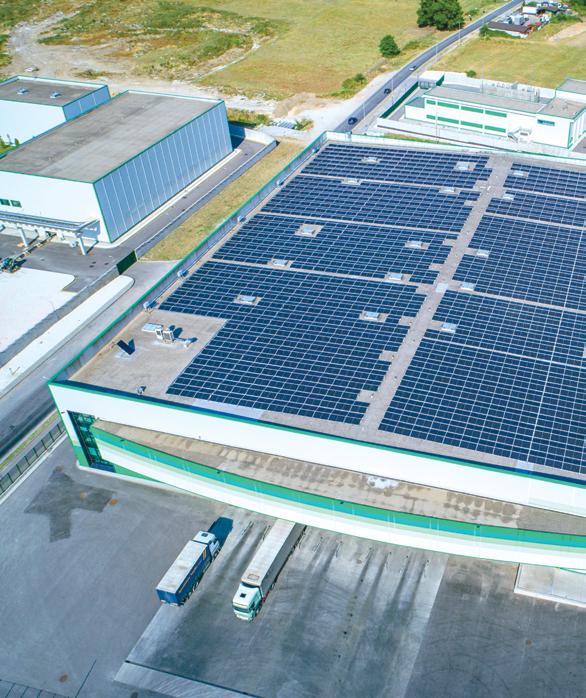
The Manufacturing Process
Four critical utilities are required for the manufacturing process. Reducing the carbon footprint of each of these critical utilities is central to Huvepharma®’s ambitions.
These four critical utilities are used throughout the fermentation process and in downstream processing.
Huvepharma® is reducing its reliance on fossil fuels and the carbon footprint of these key utilities through a focussed approach.
Huvepharma®’s electricity requirements can be fulfilled via the national grid, our cogeneration plant or by renewable energy installations, such as solar panels. Steam production is produced via our cogeneration plant, incineration plants or by steam boilers, powered by compressed or natural gas.
Seed material
Fermentation starts with a pure culture of the micro-organism in the laboratory. The preparation of ‘seed material’ in flasks follows which is then transferred to small fermenters.
During the upstream processing phase (USP), the content of the inoculators is transferred into large fermenters. Once the energy-intensive fermentation phase is complete, the fermentation broth is processed downstream.
Manufacturing process
Downstream processes (DSP) include steps such as filtration, extraction, concentration, purification and drying. The active product ingredient (API) is then ready for further processing into the finished forms (products) which are used to shape livestock solutions.
Finished forms
The Pathway to Carbon-Neutral Production
Huvepharma®’s pathway to carbon-neutral production comprises significant investments of €269 million in renewable energy installations.
The renewable energy installations comprise of solar panels, a geothermal plant and a green hydrogen production facility. These installations will produce electricity for the manufacturing process. The combined installations have an installed capacity of 317MW. Based on this installed peak capacity, Huvepharma® will reach it’s goal of carbon neutrality.
There is a 45 – 47MW electricity requirement for the manufacturing process across our three factories in Bulgaria and these operate 24 hours a day, 7 days a week and 365 days per year. During the summer months, excess electricity produced by the renewable installations will be supplied into the national grid.
Investments in renewable energy installations
2024-2030
€80 million
2024-2030
€50 million
2023
€70 million
2022
€35 million
2023-2030
€19 million
2021
€15 million
€269 million
Solar panel installations
Solar power is the conversion of energy from sunlight into electricity. In the final six months of 2022, an average of 7% of the electricity requirement was already produced through solar panels. As more panels are installed, this percentage will increase. Upon completion, the installed 300MW will require ~300 hectares and is sufficient for 300’000 households. The total investment in solar panels is €200 million.
Solar panel installations
Green hydrogen production
Green hydrogen production takes place through water electrolysis using solar generated electricity. 10MW of solar energy will be used in the facility to produce green hydrogen which will be utilised in the steam boilers to reduce natural or compressed gas usage. In addition to lowering our reliance on natural gas, green hydrogen is emission-free at the point of use and will reduce carbon emissions for steam generation substantially. The investment comprises €19 million.
Geothermal plant
Huvepharma®’s investment of €50 million (2024 – 2030) in geothermal energy will produce 17MW of energy.
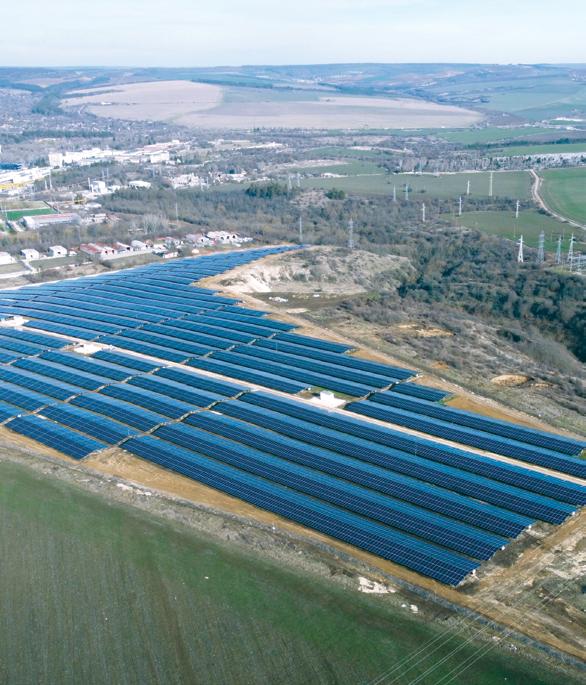
Renewable energy inputs
Solar panel installations and the geothermal installed peak capacity plant will produce electricity for the manufacturing process. The installed capacity will be 317MW. Green hydrogen will be utilised in steam boilers.
Huvepharma®’s energy requirement is 45 – 47MW. Based on the installed capacity of renewable energy, Huvepharma® will be certified as carbon neutral.
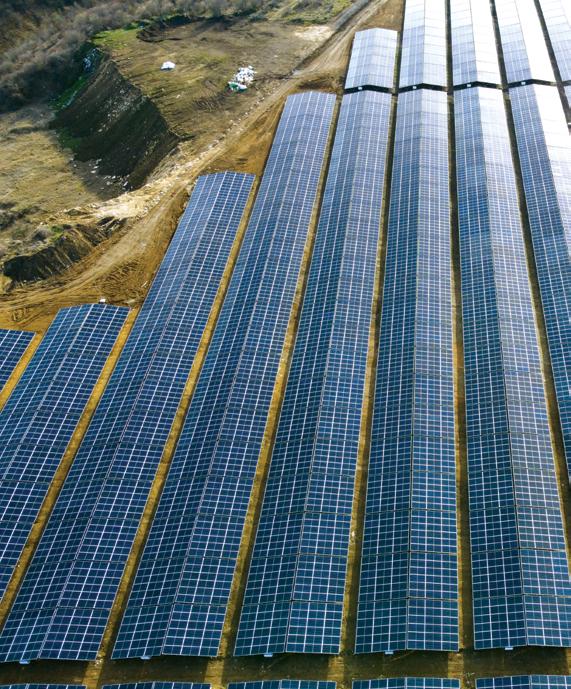
Energy Efficiencies
Investments in renewable energy installations have been coupled with improved energy efficiencies to accelerate Huvepharma®’s pathway to carbonneutral production. Central to this is the circular economy approach. A circular economy involves the reuse and regeneration of materials as a means of continuing production in a sustainable way.
Facilities which contribute to the circular economy approach:
Incineration plants which utilise waste and by-products for the production of steam
Water cooling plants which constantly recycle water used for cooling
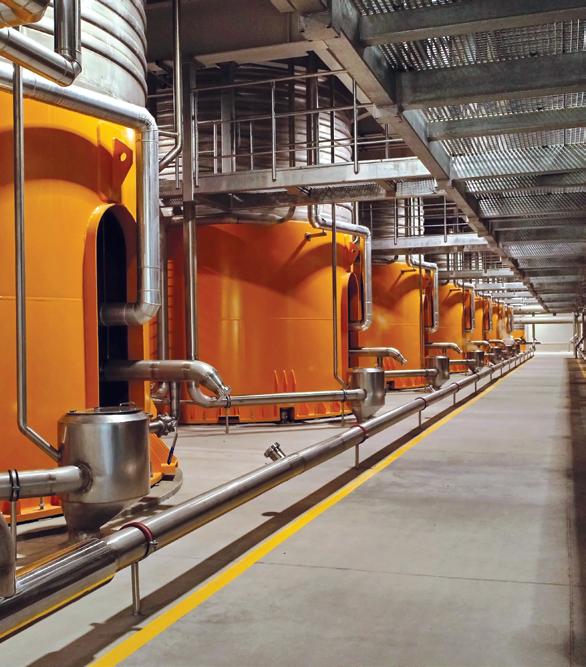
Incinerator plant
Steam is a critical utility and essential for the fermentation inputs in the manufacturing process, and as part of the circular economy approach, the incinerator plants
minimise the use of resource inputs and the creation of waste, pollution and undesirable emissions. 30% of our steam requirements are produced through heat recovery in the incinerator plants.
30% of Huvepharma®’s steam
Steam
requirements are produced in its circular economy through heat recovery
Waste from:
▶ paper
▶ biomass
▶ wastewater sludge
▶ local community waste
Incinerator
24-hour monitoring of exhaust air
Water cooling facility
Water for cooling is continuously recycled in the water cooling facility and reused in production.
Huvepharma® is steadily and consistently reducing its carbon footprint by implementing innovative technologies in equipment and supporting installations. The new fermentation plant, commissioned in 2019 and one of the largest in Europe, is 15% more efficient than a traditional plant. Ongoing equipment renovations and upgrades and waste energy utilisation contribute to improving energy efficiencies.
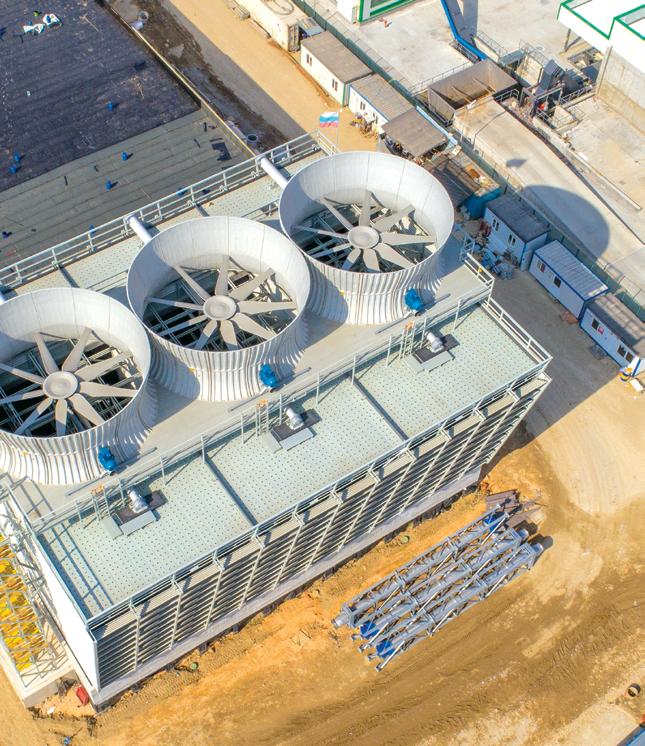 Manufacturing process
Water cooling tower
Manufacturing process
Water cooling tower
Environmental Protection
Over the past 15 years, Huvepharma® has invested in supporting installations which minimise the impact on the environment. The benefits of these investments are both societal and environmental.
Environmental Projects
Silos for raw material storage to reduce packaging and waste
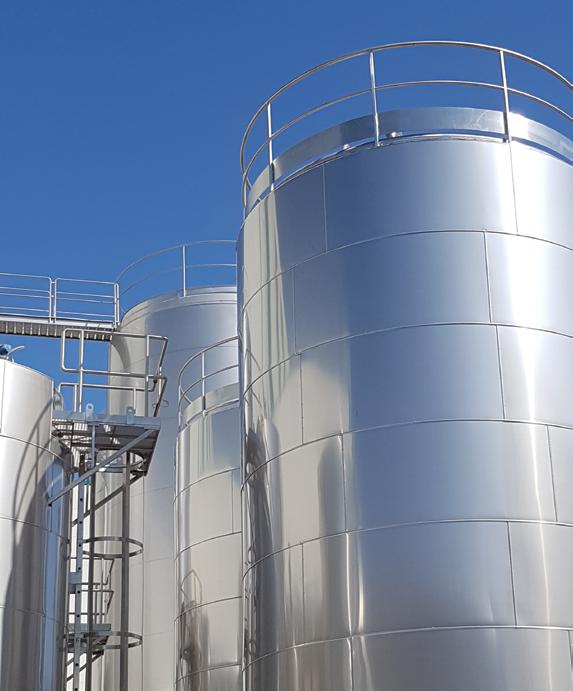
Air exhaust treatment facilities
Wastewater treatment facilities
Recycling facilities
Societal benefits
Noise and odour reduction
Local waste collection for incineration reducing landfill
Wastewater treatment plant
Exhaust air treatment
Green from Strain to Shelf
Huvepharma® is committed to carbon-neutral production by 2030. With the significant investments in renewable energy installations and in improving energy efficiencies, we will achieve our sustainability targets. Reducing the carbon footprint of the four critical utilities of the fermentation process (steam, water, compressed air and electricity) is central to these ambitions.
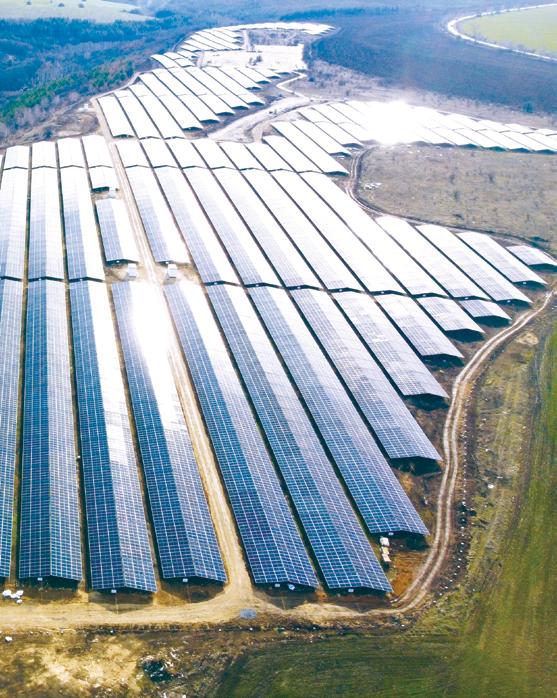
The work is on-going. Improving technologies in, for example, battery storage will allow Huvepharma® to harness renewable energy during night time production. The production teams analyse each step of the manufacturing process to reduce, reuse and recycle resources in line with the circular economy approach.
Huvepharma®’s products contribute to the reduction of livestock emissions at farm level. Combined with the reduction of greenhouse gases in the manufacturing process, Huvepharma® is leading the way in sustainably shaping livestock solutions.





